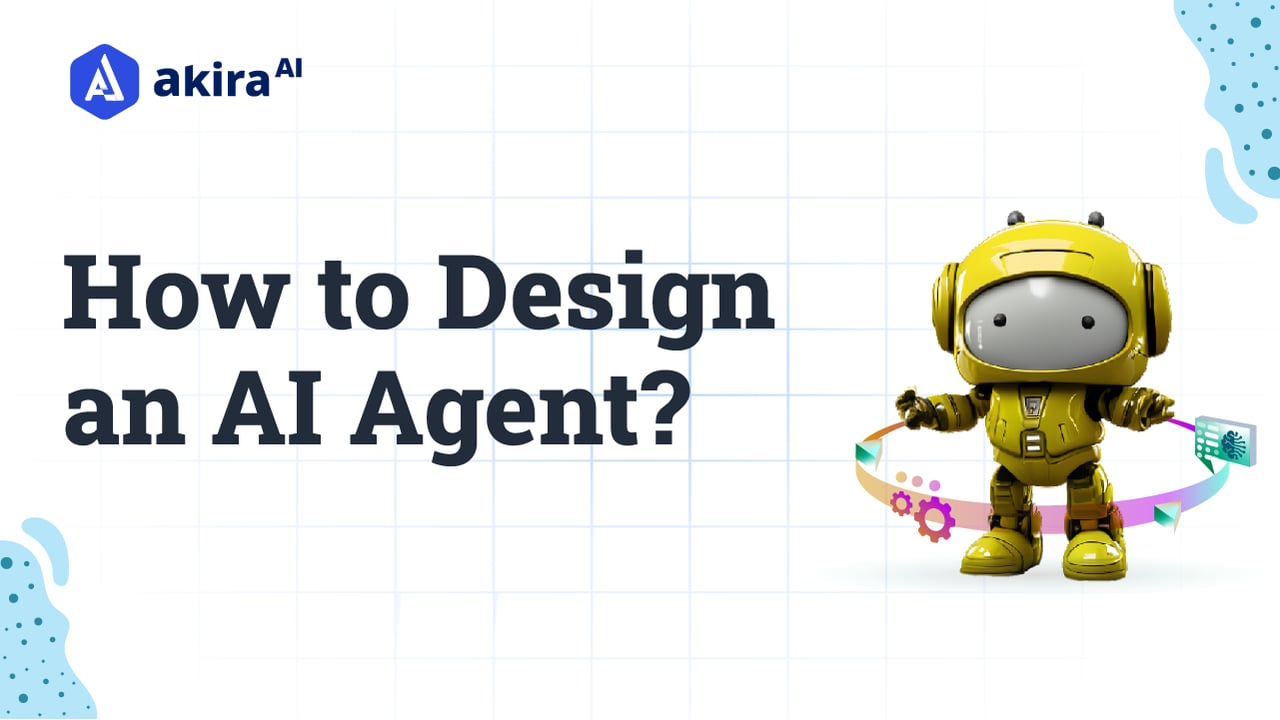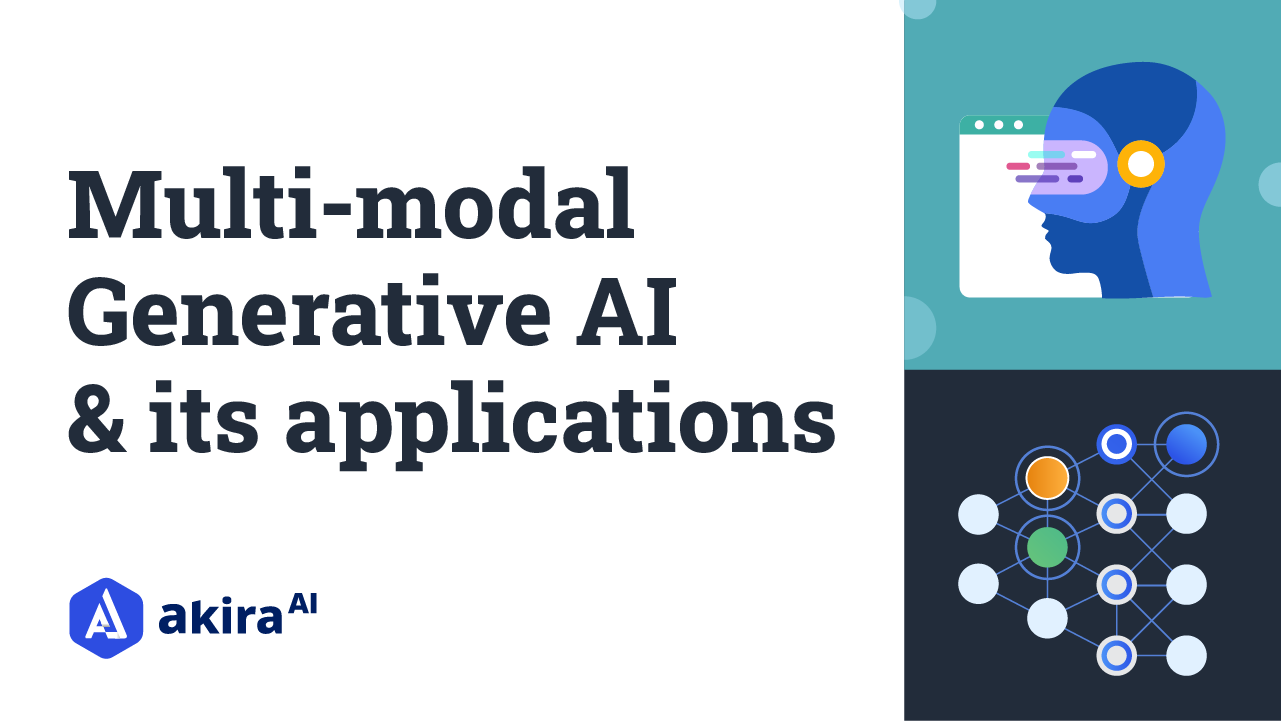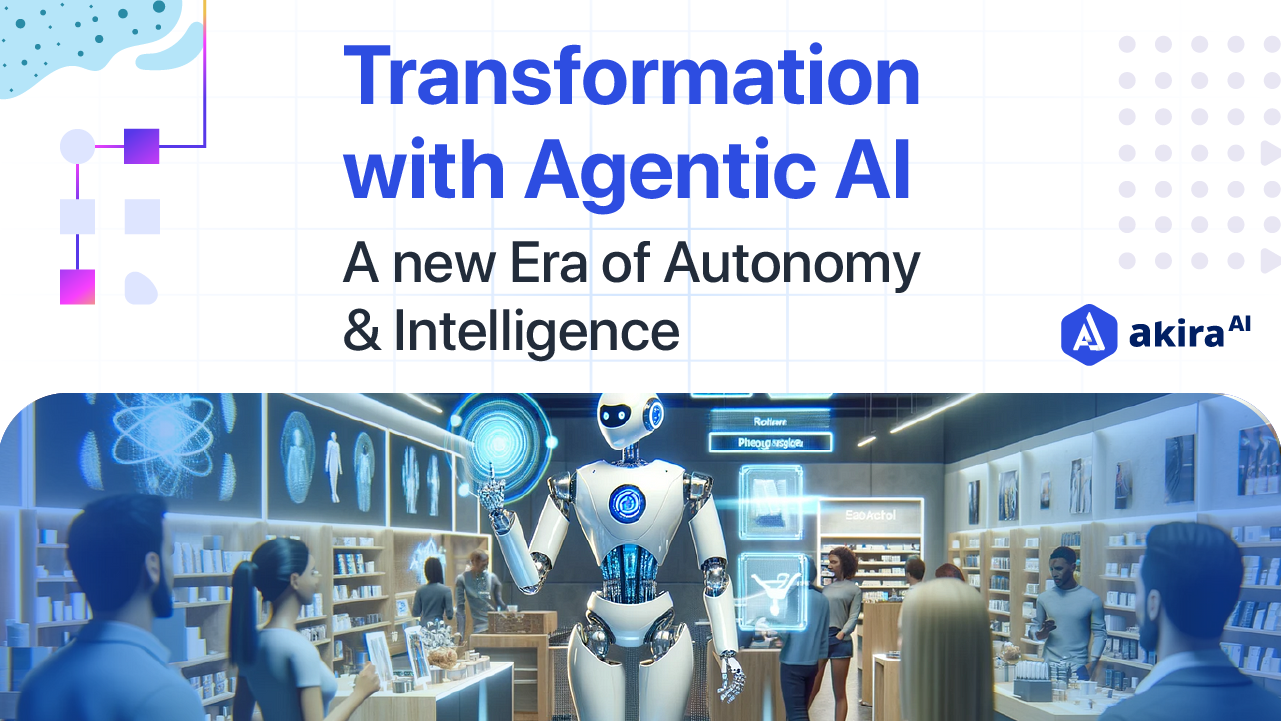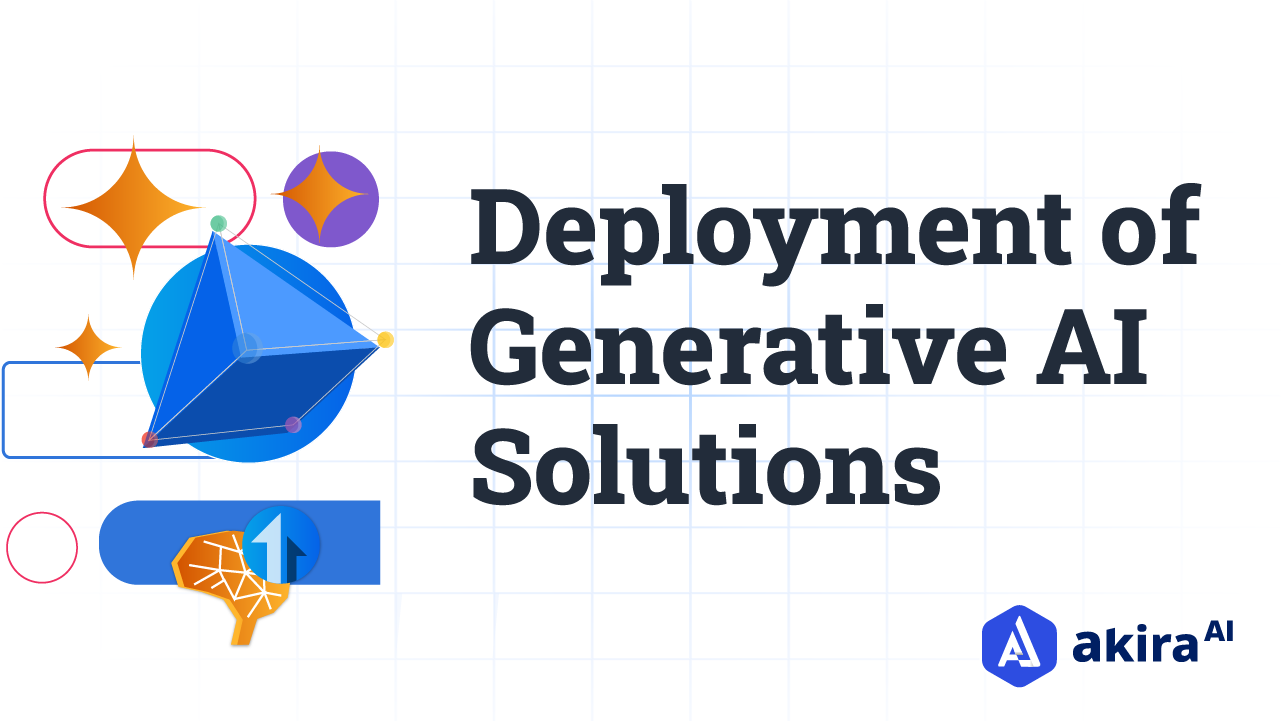Key Insights
Einstein SDR Agent autonomously engages with inbound leads, in natural language, to answer questions, handle objections, and book meetings for human sellers Einstein Sales Coach Agent autonomously engages in role-plays with sellers, simulating a buyer during discovery, pitch, or negotiation calls Accenture will leverage these agents to improve deal team effectiveness, scale to support more deals, and allow their people to focus their time and effort on the most complex deals

What is an AI Agent?
At its core, an AI agent is a digital entity, a software system created to observe its surrounding environment, make calculated decisions, and then act on those decisions to fulfill specific objectives. Remarkably, these agents can operate independently, free from human supervision, accomplishing anything from essential functions like adjusting your room's temperature to complicated tasks such as maneuvering a car or mastering the complexities associated with chess.
How to Design Perfect AI Agent?
As the world leans more into technological advancements, AI agents, or software entities interacting with their surroundings, have gradually woven their way into our daily lives. Think of your phone's voice assistant or the emerging self-driving vehicles – examples of AI agents at work.
Creating an AI agent isn't a walk in the park; it's an intricate process that involves expertise spanning artificial intelligence, machine learning, computer science, and user experience design. Despite the complexity, a few foundational steps can guide you through the design process.
Setting Clear Goals and Objectives
When creating an AI agent, it's vital to ascertain its intended goals and objectives. This involves determining the desired outcomes, any limitations, and possible positive and negative consequences for the agent's actions. To illustrate, consider a self-driving car. Its primary objective would be to transport passengers safely. However, it faces challenges such as avoiding collisions, adhering to traffic regulations, and ensuring efficient fuel usage. Potential rewards could be passenger satisfaction, accident prevention, and fuel conservation. After establishing these criteria, a path forward emerges for the design.
Opting for the Ideal AI Framework
Designing an AI agent involves choosing from a range of AI frameworks. Among the prevalent ones are:
Rule-Based Systems: This system is driven by specific rules that guide its decisions. While many of these rules are pre-set, they can also be data-informed.
Statistical Learning Systems: These are data-centric, harnessing data to make informed decisions. Though highly effective for intricate challenges, they can be resource-intensive.
Reinforcement Learning Systems: They operate on a learn-from-mistakes model, making them apt for training AI agents for unpredictable environments.
The choice of framework largely rests on the agent's objectives, along with available data and resources.
Deciding on the Right AI Algorithms
Following the framework selection, the next task is pinpointing the apt AI algorithms that will steer the agent's decision-making. This choice is crucial given the array of algorithms, each with its merits and demerits. For instance, rule-based systems might adopt a basic algorithm to align rules with the agent's present status, while statistical learning systems could leverage more intricate ones, like neural networks. Hence, it's imperative to cherry-pick algorithms that align perfectly with the agent's requirements.
In-depth Training with Relevant Data
After locking in the algorithms, training the AI agent becomes the focal point. The agent uses pertinent data to interpret its surroundings and decide accordingly. The agent's task's complexity dictates the volume of this training data. An autonomous car, for instance, might need exhaustive driving data to handle diverse road situations proficiently. This data must mirror the agent's operational environment closely.
Thorough Performance Assessment
With complete training, the agent's capabilities should be tested using various scenarios. This assessment will spotlight its strengths and areas that need fine-tuning. These tests should be rigorous and reflective of real-world challenges the agent might face. The insights garnered from this phase can guide further refinement in training and algorithms.
Deployment and Continuous Monitoring
When the agent meets the desired standards, it's ready for real-world deployment. However, this isn't the finish line. Diligent monitoring is key to ensuring it remains effective. Tweaking and optimizing the agent based on real-world feedback is a continuous cycle to guarantee its prolonged efficiency.
In sum, crafting a top-notch AI agent is a systematic journey, but with meticulous attention to these steps, one can ensure the agent is proficient and adaptable.
Tailoring AI Agents for Distinct Tasks
Tailoring AI agents for distinct tasks involves designing them to be particularly well-suited for the specific tasks they will be performing. This requires considering each job's unique challenges and requirements and the particular capabilities that the AI agent will need to possess.
While the mentioned steps are generic, designing AI agents for specialized tasks involves more nuanced considerations. For example:
Human Interaction: AI agents for human interactions should be proficient in natural language processing.
Dynamic Environments: Agents operating in ever-changing surroundings should be fast learners and adapters.
AI Agent Applications
Virtual assistants: Exemplified by Siri and Alexa, are engineered to assist individuals in their daily routines, encompassing tasks like setting reminders, fetching weather updates, and playing music. Achieving this entails proficiency in natural language processing and the capability to comprehend and respond to a broad spectrum of user inquiries.
Autonomous vehicles: It employ AI agents to interpret their surroundings and formulate navigation strategies. These AI agents must swiftly and accurately recognize and track other vehicles, pedestrians, and road objects. Furthermore, they must plan and execute secure routes under diverse driving conditions.
In healthcare: AI plays a pivotal role in disease diagnosis, treatment recommendations, and drug development. AI agents tailored for medical assistance are required to process extensive volumes of medical data and discern intricate patterns that might elude human physicians. They also must generate precise and dependable recommendations grounded in their analyses.
In the domain of financial security: AI agents are instrumental in detecting and thwarting fraudulent financial activities. These AI agents must possess the ability to identify anomalous patterns in financial transactions and promptly raise flags for further scrutiny. Moreover, they must exhibit adaptability, continuously learning and evolving to combat emerging fraud schemes.
Conclusion
Creating AI agents indeed poses its set of challenges, yet the results can be immensely satisfying. By adhering to the foundational guidelines mentioned previously, creators can build AI agents primed for success and goal attainment.
Further Points to Ponder for AI Design:
Beyond the foundational principles, it's paramount for creators to bear a few other aspects in mind during the AI creation process:
Ethics: Considering the profound effect of decisions made by AI on individuals, ensuring their ethical design is non-negotiable.
Privacy: Since AI agents can gather and analyze personal details, safeguarding user privacy becomes crucial in the design phase.
Transparency: Offering clarity on AI agents' workings and decision-making processes can bolster user confidence and comprehension.
Remember, an AI agent that balances effectiveness with ethical considerations is the hallmark of thoughtful and forward-looking design.


